Sacramento Residential Architects: Shaping the Future of Living Spaces
In the heart of California, where the river meets the valleys and the sun casts a golden hue across sprawling landscapes, lies Sacramento, a city not just known for its historical significance and bustling economy but also for its vibrant residential architecture. As the city flourishes, the role of residential architects becomes increasingly pivotal in shaping living spaces that reflect a blend of modern demands, environmental consciousness, and aesthetic appeal. This article dives deep into the world of Sacramento residential architects, unraveling how they’re crafting the future of living spaces one project at a time.
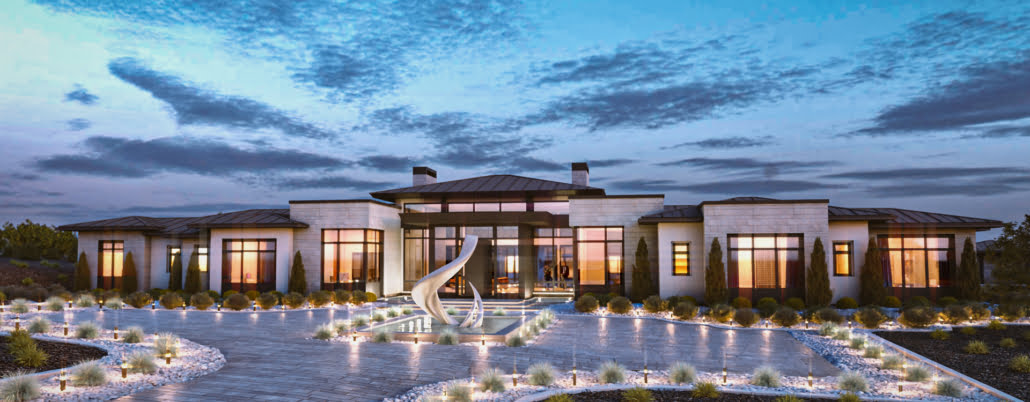
Sacramento, the capital city of California, stands as a testament to architectural evolution, blending historic charm with contemporary design. In this city, residential architects are not just designers; they are visionaries who play a crucial role in transforming the urban fabric. They navigate the challenges of preserving Sacramento’s historic essence while infusing modernity, sustainability, and functionality into homes that cater to the evolving needs of its residents.
The significance of residential architecture in Sacramento cannot be overstated. It’s an art form that goes beyond the creation of living spaces; it’s about fostering communities, enhancing lifestyles, and preserving the environment. As Sacramento continues to grow, residential architects are at the forefront, ensuring that this growth is balanced with the city’s unique character and the well-being of its inhabitants.
The Role of Residential Architects in Sacramento
Understanding Sacramento’s Unique Needs
Sacramento’s climate, geography, and cultural heritage present a unique set of considerations for residential architects. The city’s hot summers and mild winters demand designs that are not only aesthetically pleasing but also energy efficient and comfortable year-round. Additionally, Sacramento’s position at the confluence of the Sacramento and American rivers adds another layer of complexity, requiring architects to consider flood risks and environmental impact in their designs.
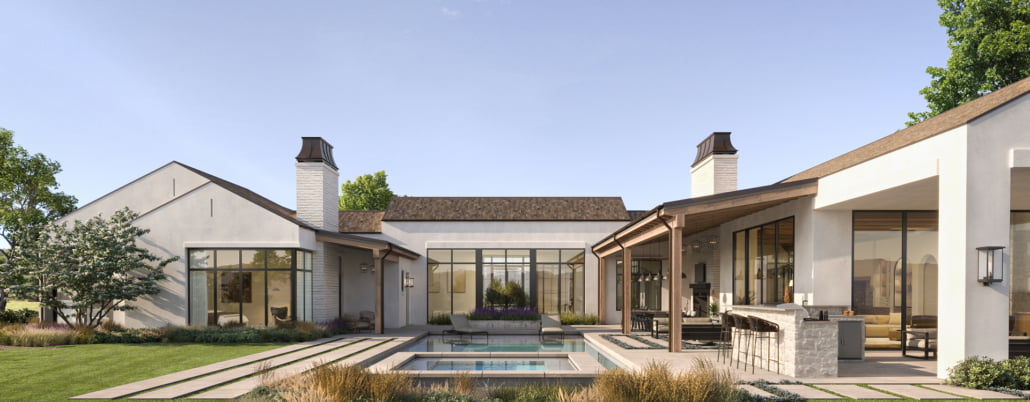
Balancing Tradition with Modernity
One of the biggest challenges facing residential architects in Sacramento is the need to balance historical preservation with the desire for modern amenities and sustainable living. Many neighborhoods are characterized by Victorian and Craftsman-style homes, and architects must navigate stringent regulations to update these properties while respecting their original charm. This delicate balancing act requires a deep understanding of historic architecture, innovative design techniques, and a collaborative approach with city planners and preservationists.
Embracing Sustainability and Innovation
In response to global environmental concerns and local demands for green living, Sacramento residential architects are increasingly focusing on sustainable design. This includes the use of eco-friendly materials, solar energy, water-efficient landscaping, and designs that maximize natural light and ventilation. These practices not only contribute to the well-being of the planet but also offer homeowners long-term savings and a healthier living environment.
Next Steps in Innovation
As technology advances, so too does the scope of residential architecture. Sacramento architects are incorporating smart home technology, modular construction methods, and other innovations to create homes that are not only beautiful but also resilient, adaptable, and capable of meeting future needs.
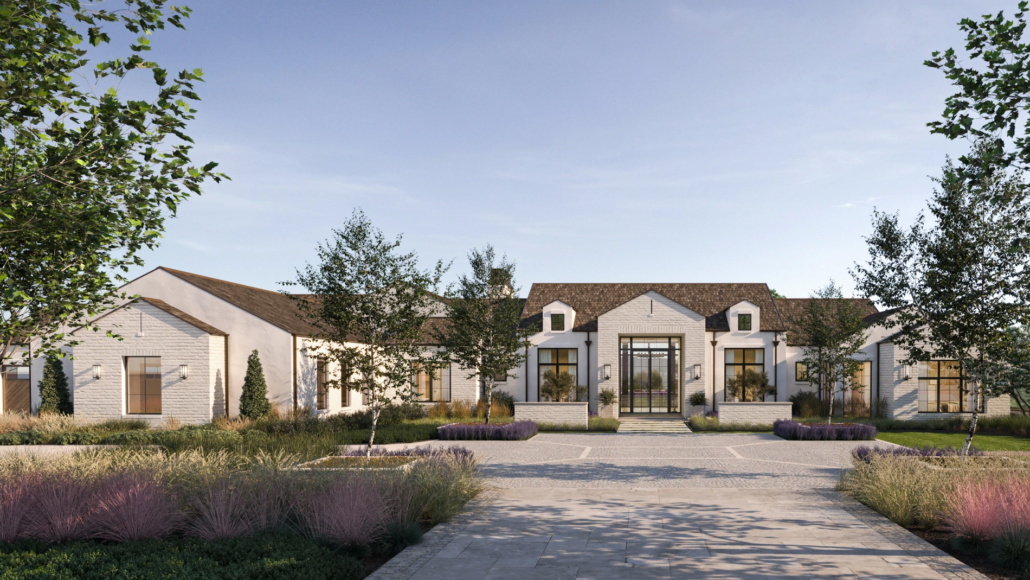
Finding the Right Residential Architect in Sacramento
The journey to creating your dream home in Sacramento begins with finding the right residential architect. This professional will not only design your space but also guide you through the complex process of bringing your vision to life while navigating local regulations and construction challenges. Here’s how to ensure you choose the right architect for your project.
Understanding Your Needs
Before starting your search, have a clear understanding of what you want to achieve. Are you looking to build a new home from the ground up, or are you planning to renovate or expand an existing structure? Your project’s scope will influence the type of architect you need, as some specialize in new constructions, while others have a knack for transformative renovations.
Research and Recommendations
Start your search by exploring the work of local architects. Many architects in Sacramento showcase their portfolios online, allowing you to assess their style, expertise, and versatility. Recommendations from friends, family, or local building professionals can also provide valuable leads. Consider architects who are familiar with Sacramento’s climate and cultural nuances, ensuring they can design a home that’s both beautiful and functional in the local context.
Evaluating Portfolios and Past Work
When reviewing an architect’s portfolio, look for projects similar in scale and style to what you envision. Pay attention to their problem-solving skills, creativity, and ability to integrate homes within Sacramento’s diverse environments. A good architect balances aesthetic appeal with practicality, ensuring spaces are livable and meet the homeowner’s needs.
The Importance of Communication
Choose an architect you feel comfortable communicating with. This relationship will be crucial as you work together to bring your dream home to life. An architect should be able to listen to your ideas and translate them into practical designs. They should also be transparent about budgets, timelines, and any potential challenges your project may face.
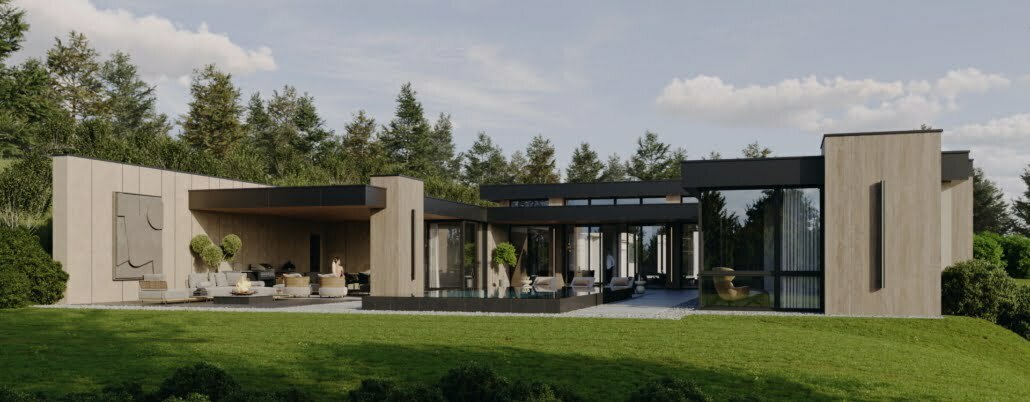
The Design Process: What to Expect
Embarking on a residential design project in Sacramento is an exciting journey. Understanding the design process will help set realistic expectations and ensure a smooth collaboration between you and your architect. Here’s a typical roadmap for a residential design project.
Initial Consultation
The design process begins with an initial consultation, where you discuss your vision, needs, and budget with your architect. This meeting is an opportunity to ensure your architect understands your goals and to clarify the scope of the project.
Concept Development
Based on the initial consultation, your architect will develop a concept. This involves creating preliminary sketches and models to explore different design possibilities. Feedback during this phase is crucial as it helps refine the vision to meet your expectations.
Detailed Design
Once the concept is approved, the architect develops detailed drawings and specifications. These documents will guide the construction team and are necessary for obtaining building permits. The detailed design phase also involves selecting materials, finishes, and fixtures.
Construction Documentation
With the detailed design approved, the architect prepares construction documents. These include precise drawings and specifications that the contractor will use to build your home. The documents must adhere to local building codes and regulations.
Construction Oversight
Many architects offer construction oversight services, acting as your advocate to ensure the project is built according to the plans and specifications. They can help resolve any issues that arise during construction, ensuring the finished home meets your expectations.

Conclusion: The Visionary Future of Sacramento’s Residential Architecture
As we have journeyed through the transformative world of residential architecture in Sacramento, from the pivotal role of architects in shaping our living spaces to the innovative design processes that bring our dreams to life, one thing remains clear: the future of Sacramento’s residential architecture is not just about buildings; it’s about building communities, fostering sustainable living, and enhancing the quality of life for all residents.
Sacramento’s residential architects stand at the forefront of this exciting future, armed with creativity, technological advancements, and a deep commitment to environmental stewardship. They are not just designing homes but are crafting the next chapter in Sacramento’s history, one that embraces change while honoring its rich heritage.
Embracing Sustainability and Innovation
The trend towards sustainability and green living is more than a fad; it’s a fundamental shift in how we conceptualize living spaces. Sacramento’s architects are leading this change, integrating solar panels, energy-efficient designs, and sustainable materials into their projects. As we look ahead, the integration of green technology and biophilic design principles will continue to grow, ensuring that our homes are not only beautiful and functional but also kind to the planet.
The Role of Technology in Shaping Future Designs
Technology will play a pivotal role in the future of residential architecture in Sacramento. From virtual reality allowing clients to “walk through” their future homes before a single brick is laid, to AI-driven designs that optimize space and energy use, the possibilities are endless. This technological revolution will make architecture more accessible, customizable, and adaptable to our changing needs.
Building for the Community
The future of residential architecture in Sacramento is also about building for the community. This means creating spaces that promote connectivity, accessibility, and inclusivity. Architects are reimagining how homes can foster a sense of community, whether through shared spaces, community gardens, or designs that encourage neighborly interactions. As Sacramento continues to grow, these community-focused designs will play a crucial role in ensuring that the city remains a vibrant, connected place to live.
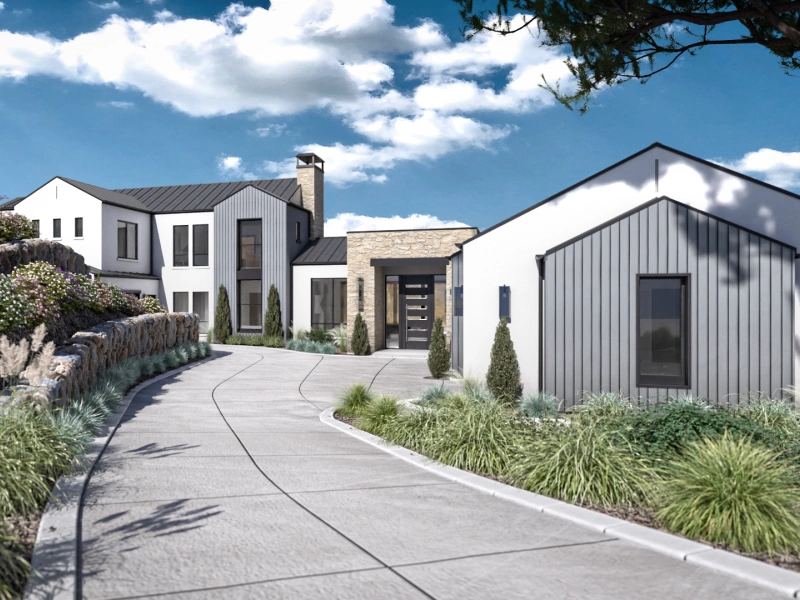
As residents of Sacramento, we have a role to play in shaping our architectural future. By supporting innovative architecture, advocating for sustainable practices, and embracing community-focused designs, we can ensure that Sacramento remains a city that is not only beautiful but also resilient, sustainable, and inclusive.
The journey of Sacramento’s residential architecture is an ongoing story, one of innovation, resilience, and community. It’s a story that we all write together, with every home designed, every tree planted, and every community built. As we look to the future, let’s embrace the possibilities with open hearts and imaginative minds, for in the blueprint of our homes lies the blueprint of our collective future.




Leave a Reply
Want to join the discussion?Feel free to contribute!